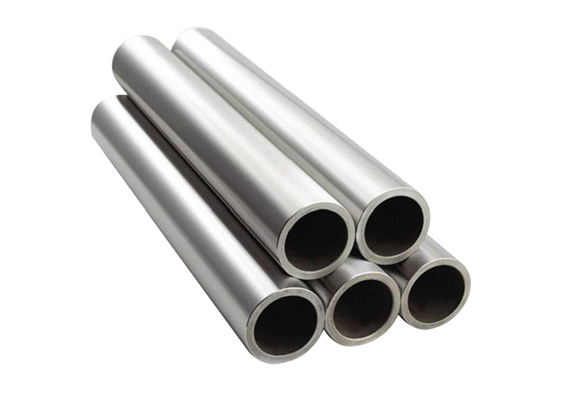There are four pipe connection methods: the welding connection, the flange connection, threaded connection and socket connection.
The most commonly used in engineering is welding connection and flange connection.
The welded connection of the pipeline has high strength, good tightness, no accessories, low cost, and convenient use. It is suitable for steel pipelines that transport various media. Its disadvantage is that it cannot be disassembled. When welding connection, the distance between the two parallel welds shall not be small and the outer diameter of the pipe shall not be less than 200mm. In order to avoid cross welds, the longitudinal welds of two adjacent pipes should be staggered by more than 200mm when the pipes are welded by steel plate rolling. The butt weld of the pipeline should be more than 100mm away from the support.
The flange connection is a connection method that connects the pipe fittings together by connecting the pipe and the end of the pipe fitting (flange plate). The flange connection is flexible and convenient to disassemble and assemble. The pipeline can be cleaned, repaired or replaced regularly; however, flanges of various specifications are required, which consumes a lot of steel and sometimes leaks at the connection due to temperature differences, pressure fluctuations, and corrosion. Loss, and even cause accidents.
Threaded connection is mainly used in the pipelines of production or domestic water and heating facilities, and it is also widely used in the connection of the cooling water pipeline of the pump or the pressure gauge and the pressure line of the control valve produced by pipeline valves manufacturers. This kind of connection requires a variety of accessories, such as unions, tees, pipe clamps, plugs, etc. The threaded connection is easy to disassemble and assemble, but the construction is troublesome, and the joint is also prone to leakage.
The socket connection is mainly suitable for the connection of cast iron pipes, ceramic pipes, concrete pipes and plastic pipes.

For pipelines with electrostatic grounding requirements, the resistance between each connection joint and the resistance to earth of the pipeline system should be measured. If the resistance value exceeds 0.03Ω, jumper wires and ground leads should be set. For stainless steel pipes and titanium pipes, jumper wires and grounding leads shall not be directly connected with titanium pipes and stainless steel pipes, and titanium plates and stainless steel plates should be used for transition.
 Call us on:
Call us on:  Email Us:
Email Us:  No.68 Hezuo Road, Shijiazhuang City, Hebei Province, China
No.68 Hezuo Road, Shijiazhuang City, Hebei Province, China 